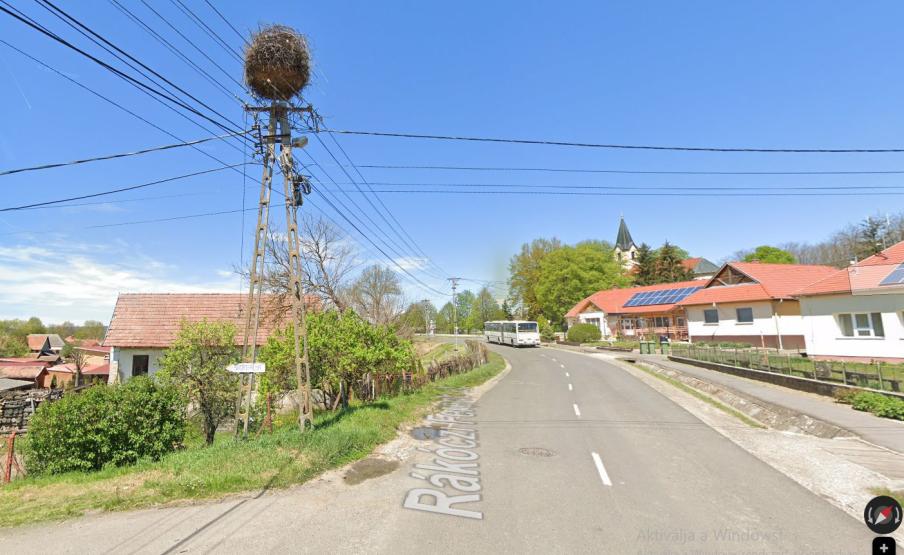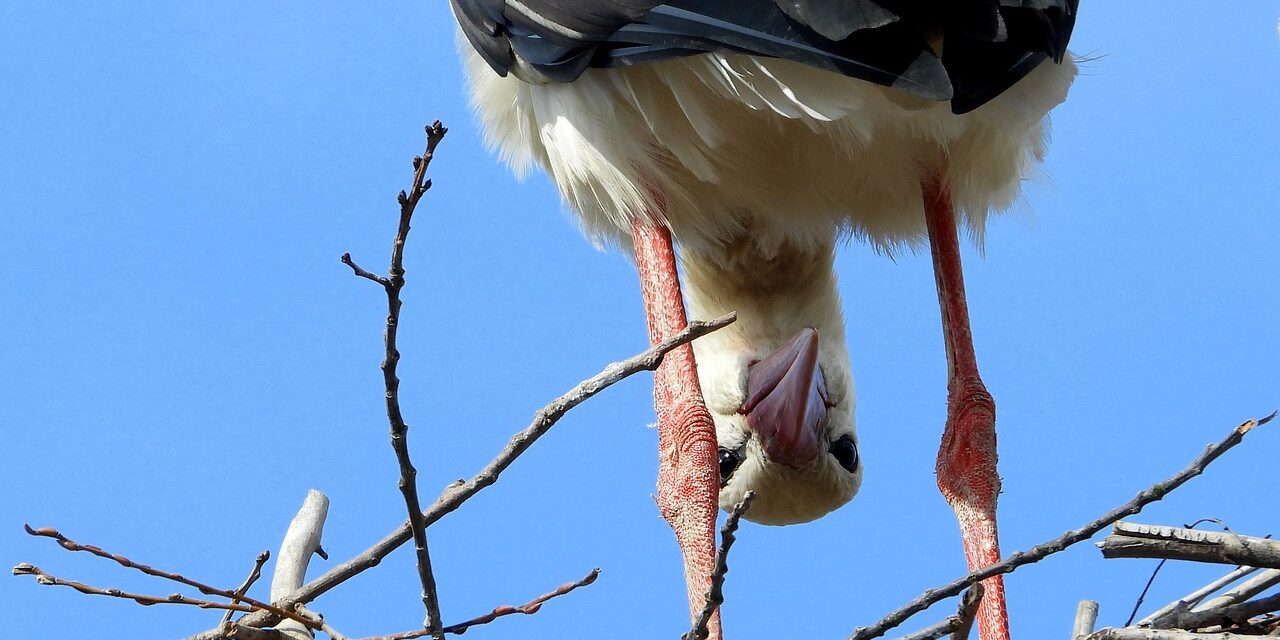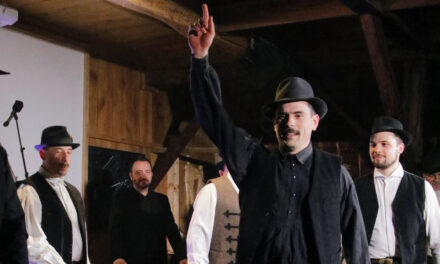According to the locals, there was a stork nest in this place even earlier, in 1957.
From the middle of March, the white storks continuously arrive from their long winter in Africa and occupy their nests in many settlements of the country. In connection with the jubilee, the Hungarian Ornithological and Conservation Association (MME), which was founded 50 years ago, published a short story about stork nests whose fate has been known for 50 years.
This stork nest is located in Mihálygerge in Nógrád county, which according to the data was built in 1973, and white storks have been nesting in it since 1974.
Supposedly, there has been a nest in this place since electricity was introduced to the village, i.e. since 1957, but we have no information about this
can be read in the announcement .
This is perhaps not so special, since many places have stork nests that have been known for 50 or even 70 years. What makes this nest interesting is that since 1974, the residents of the village have recorded what happened in the nest every year, and these data can be found in the MME Stork database.

Source: MME
Between 1974-1999, local resident János Gordos, and from 2000 István Rácz recorded the main events, the vast majority of which were uploaded to the database by the active observers of the MME Nógrád County Local Group, Pál Egyed and Ferenc Papp.
Some features of the history of the nest
• This is Mihálygerge's only stork nest, at Rákóczi út 33, on the corner of Béke út, opposite the elementary school.
• The nest stands on a concrete pillar, also on the most stable so-called "A" type pillar. From there, there are free overhead lines in two directions, and insulated cable branches in two directions.
• As with many Hungarian stork nests, there are also dangerous poles nearby - transformers and overhead insulators.
• Based on 50 years of nesting and 165 days of observation data – arrival of storks, mating, hatching and fledging – it is clear how the date of arrival of the first storks or the number of young fledged in each year has changed over 50 years.
• 95 chicks fledged in 50 years, which is an average of 1.9.
• Spending was not successful every year. During half a century, chicks flew out of the nest in 36 years. If only these years are examined, the average number of fledglings was 2.6.
Featured image: Illustration/Pixabay












